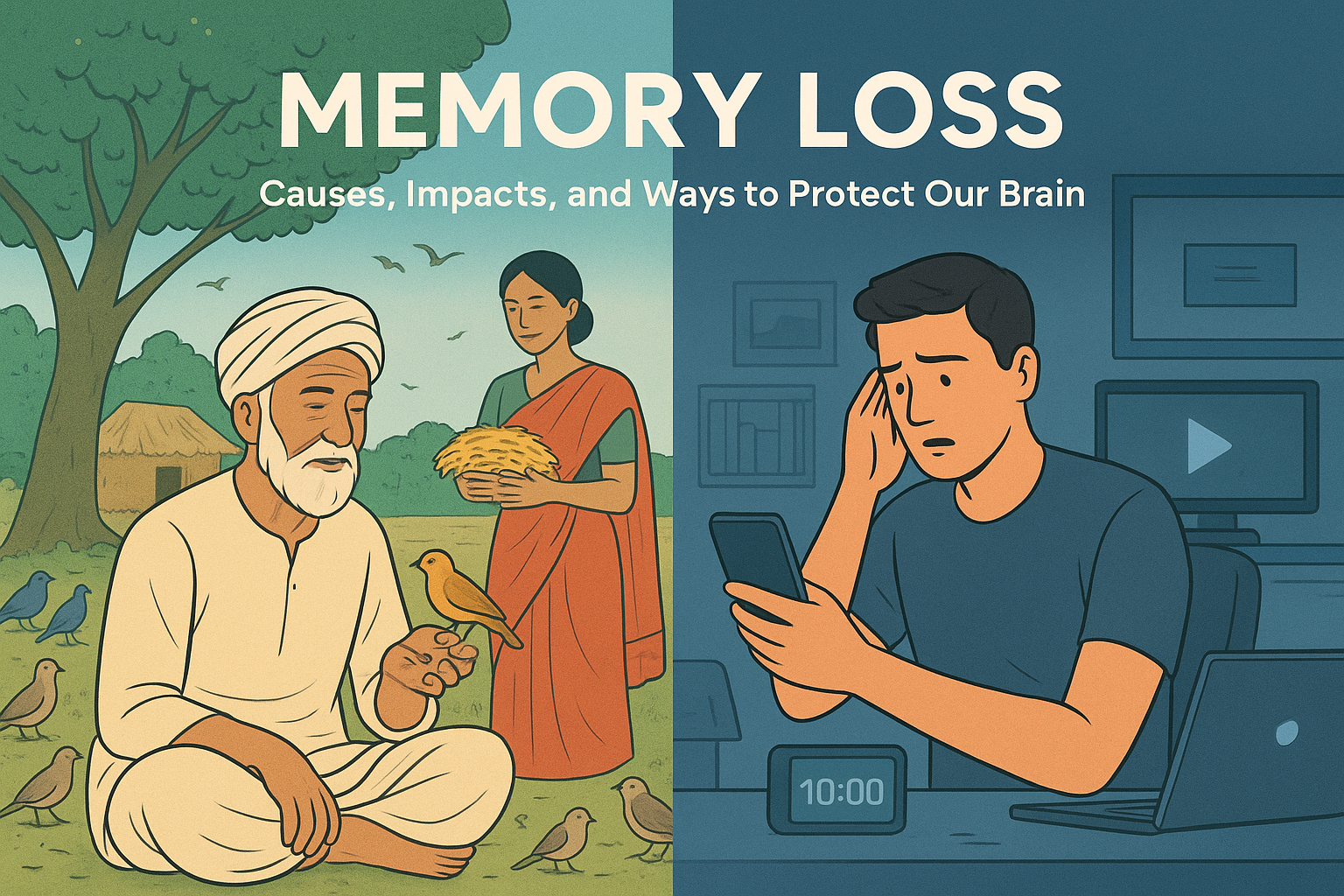
Introduction: A Society Driven by Appearances
In today’s world, people seem to be living more for appearances than for reality. It’s disheartening to see individuals prioritizing societal image over basic necessities like food or shelter. People often compromise on their living standards just to maintain a false impression — driven by a fear of what “society will say.”
But what exactly is this society we’re so afraid of? One that exploits others’ weaknesses, mocks poverty, and only values people based on superficial standards? It’s this toxic mindset that is pushing many in the wrong direction.
The Illusion Around Private Schools
This illusion is especially evident in the education sector. Despite government efforts to provide quality education across India — with highly educated teachers, free books, uniforms, mid-day meals, and scholarships — many parents still hesitate to send their children to government schools.
Surprisingly, many private schools hire teachers with only basic qualifications like 12th pass or a bachelor's degree, and that too on low salaries. Still, parents prefer them over government schools. Why? The answer is marketing.
Private schools actively reach out to parents, highlight their "features," promise bright futures, conduct award ceremonies, organize educational trips, and showcase their brand in a way that creates a strong illusion of success. They portray themselves as skill-development hubs — but often, it’s all surface-level. Unfortunately, many parents fall for this without critically evaluating the actual quality of education.
Even when switching schools, private institutions sometimes purposely ask tricky questions to children just to show that the previous school taught them nothing. This manipulative tactic influences parents into believing they’ve made the right decision.
The Stigma Around Government Schools
The reluctance to admit children to government schools doesn’t stem from current problems but rather from the past. Years ago, there were issues: unqualified teachers recruited through bribes, lack of monitoring, and negligence. It’s not uncommon to hear stories of teachers knitting sweaters or sleeping during class hours. Such behavior created a lasting negative image in the public’s mind.
But times have changed. Today, the government has implemented rigorous recruitment processes, including multi-phase entrance exams and strict checks. Teachers are selected based on merit, and monitoring teams ensure that standards are met. The old, irresponsible system is being phased out. Yet, society still clings to that outdated image.
The Need for Mindset Shift
It's time for parents to change their perception of government schools. These institutions now offer quality education, essential resources, and holistic development opportunities — and they’re accessible to all.
Government school teachers must also understand their immense responsibility. Education shapes the future of children, and teachers must not take this lightly. Every child deserves focused attention, care, and encouragement.
To improve trust between villages and schools, village leaders (like Pradhans) should organize interactive programs that involve parents and teachers. This will strengthen relationships and help erase the communication gap.
Creating Healthy Competition and Skills Development
There should be regular inter-school competitions involving both government and private schools. This will allow students from government schools to showcase their talents and academic strength, breaking stereotypes that they are “less educated.”
Additionally, government schools should introduce modern skills training — such as computer literacy, creative arts, and sports — to ensure that students are not left behind in the fast-changing world.
Accountability and Infrastructure
Recently, a tragic incident occurred where a school building's roof collapsed, taking the lives of five or six innocent students. Incidents like these highlight the urgent need for better school infrastructure and maintenance.
The government must allocate maintenance budgets through independent, corruption-free bodies rather than transferring funds directly to school staff or principals. Dedicated monitoring teams should be formed to ensure that repairs and upgrades are completed on time and with quality.
Only when such measures are taken will parents feel safe and confident about sending their children to government schools.
Conclusion: Let’s Break the Illusion
Government schools have evolved — but society’s mindset hasn’t. The fear of “what people will say” and the illusion built by private school marketing need to be questioned.
It’s time to trust the progress, believe in change, and give our children access to quality education that is not just branded — but truly impactful.
Let’s stop living for appearances and start living for real, meaningful change.
Thank you.







